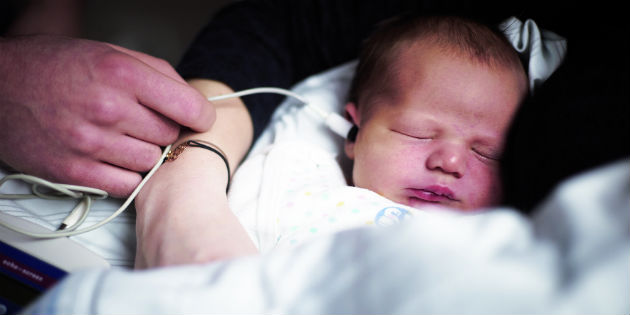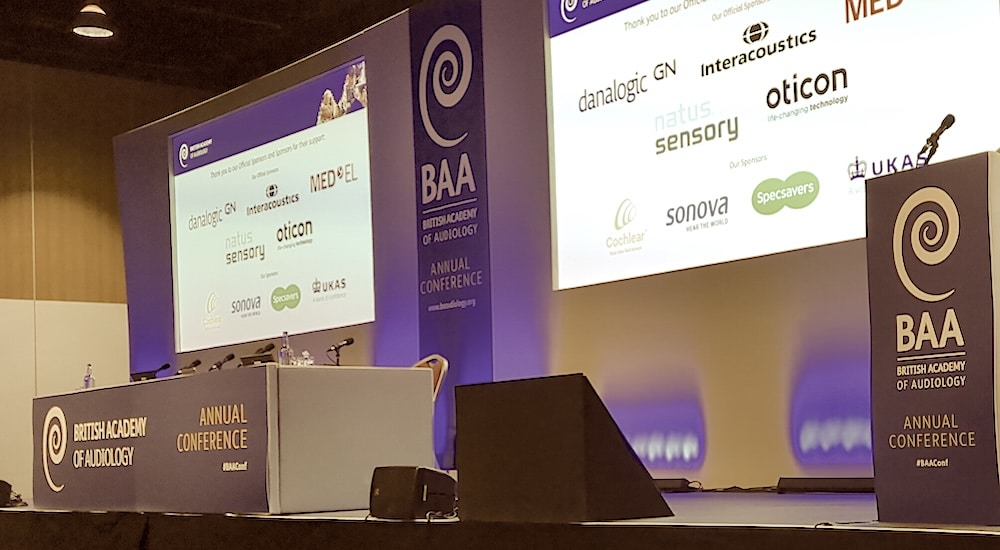Comparing different practices for newborn hearing screening in Australia
NHS
Researchers at the University of Melbourne, Australia have assessed the benefits of three different methods of newborn hearing screening and compared corresponding outcomes.

The states of Victoria (largest city Melbourne) and New South Wales (largest city Sydney) had different newborn hearing screening (NHS) procedures between 2003 and 2005. New South Wales had adopted universal NHS, while Victoria followed a risk factor screening method with neonatal intensive care screening and universal risk factor referral. A third method based primarily on opportunistic detection (Victoria 1991-1993) was also evaluated.
The findings of the study, published in the journal Pediatrics, show that children were diagnosed earlier with universal screening compared to risk factor screening, with an adjusted mean difference of -8.0 months (95% CI: -12.3 to -3.7). In children not presenting intellectual disability, evaluating the move from opportunistic to risk factor to universal screening showed that age of diagnosis decreased incrementally (22.5 versus 16.2 versus 8.1 months, P < 0.001). Behavior and health-related quality of life were found to be unaffected.
In addition, the universal NHS approach was associated with improved outcomes in expressive and receptive language skills. The study’s results provide tangible population-based clinical evidence for policy decisions on implementing NHS that have until now been based mainly on modeled long-term benefits. Importantly, other studies have shown that early detection brings significant health cost savings.
Source: AAP Gateway; Wake M, et al. Population Outcomes of Three Approaches to Detection of Congenital Hearing Loss. Pediatrics. 2016 Jan;137(1):1-10.
 Sign in
Sign in

